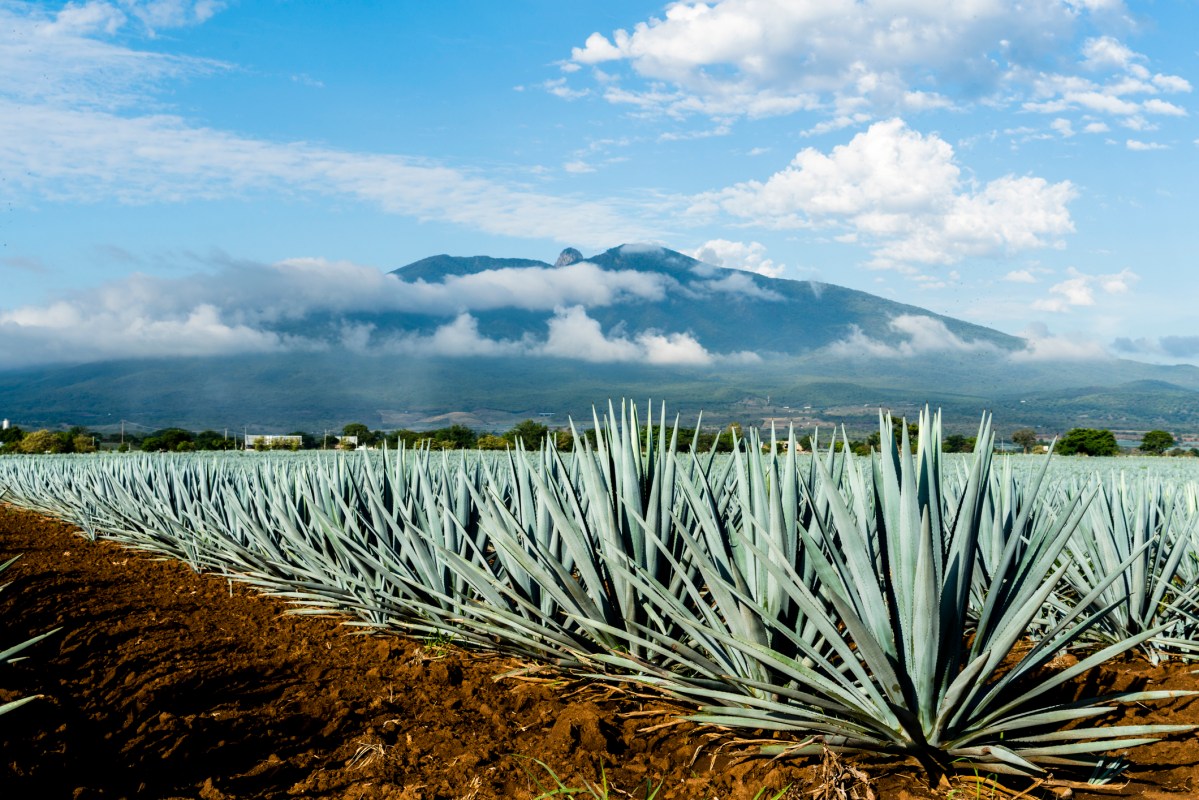The town of Tequila in the Mexican state of Jalisco may have birthed the drink that bears its name, but it’s the women there that should be thanked for its existence.
The cobblestone streets and colorful buildings of the township are all part of a UNESCO World Heritage Site that the Mexican federal government calls Pueblo Magico, or Magical Town. Both Mexican and international tourists have swarmed the area — where visitors can tour the agave fields — to learn about the history of the spirit and its important role in Mexican culture.
It’s here that the drink is enjoyed by most. But, as CNN discovered, without the women of Tequila, there’d be no tequila. The women of the picturesque area are responsible for the cultivation and annual replanting of the agave blooms in the neighboring states of Jalisco, Colima, Nayarit and Aguascalientes in Mexico.
No one can say for sure why this tradition stands, but it’s believed that when the male farmers ate their lunch and rested under parota trees, their wives stepped in to lend a hand. The women, who it turned out were exceptionally skilled at sorting and taking care of the young plants, began working in the fields sometime in the 16th century, CNN reported.
Thanks for reading InsideHook. Sign up for our daily newsletter and be in the know.


















